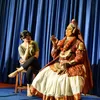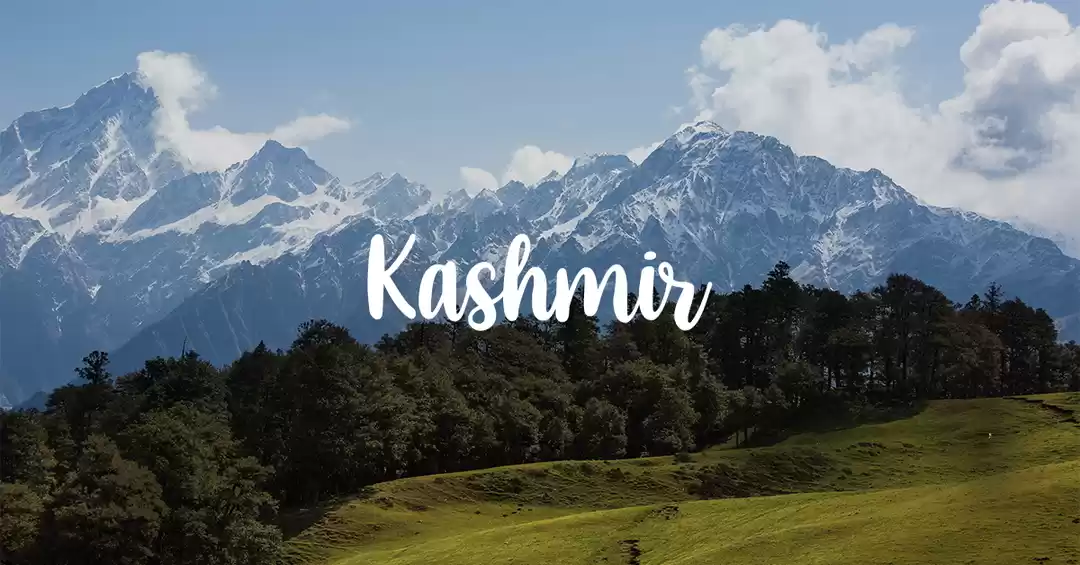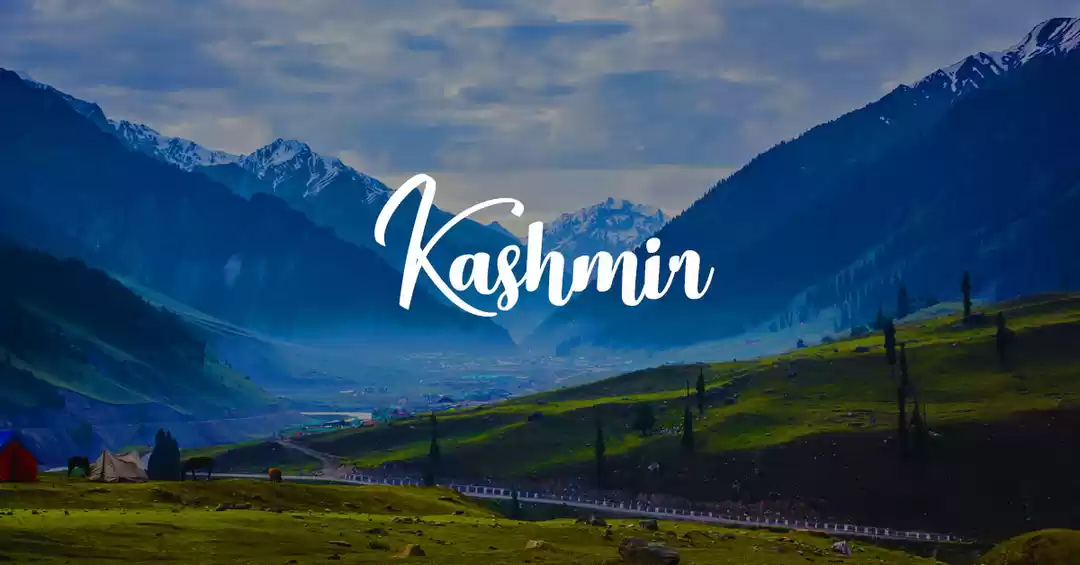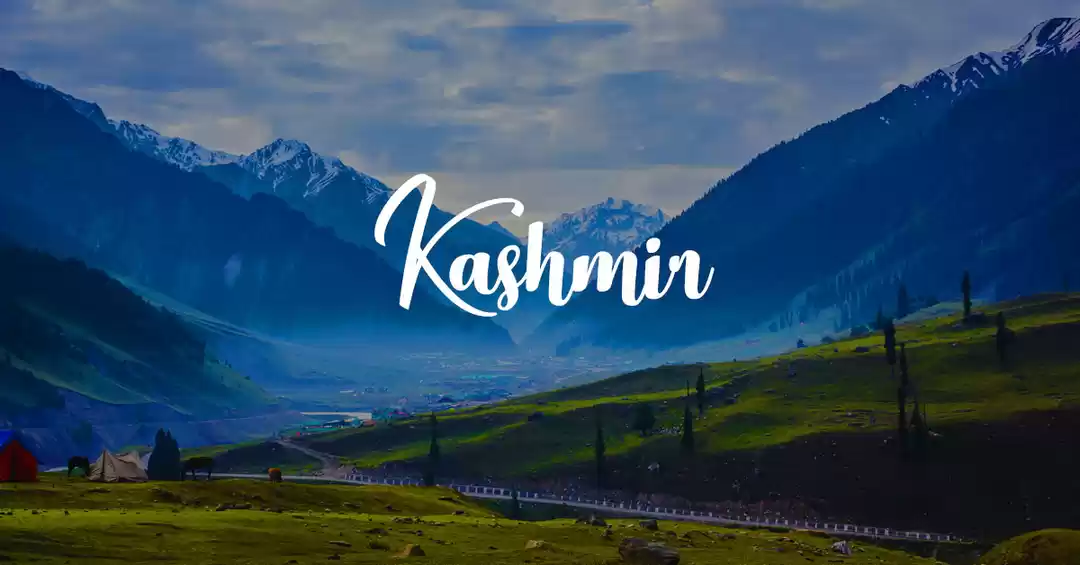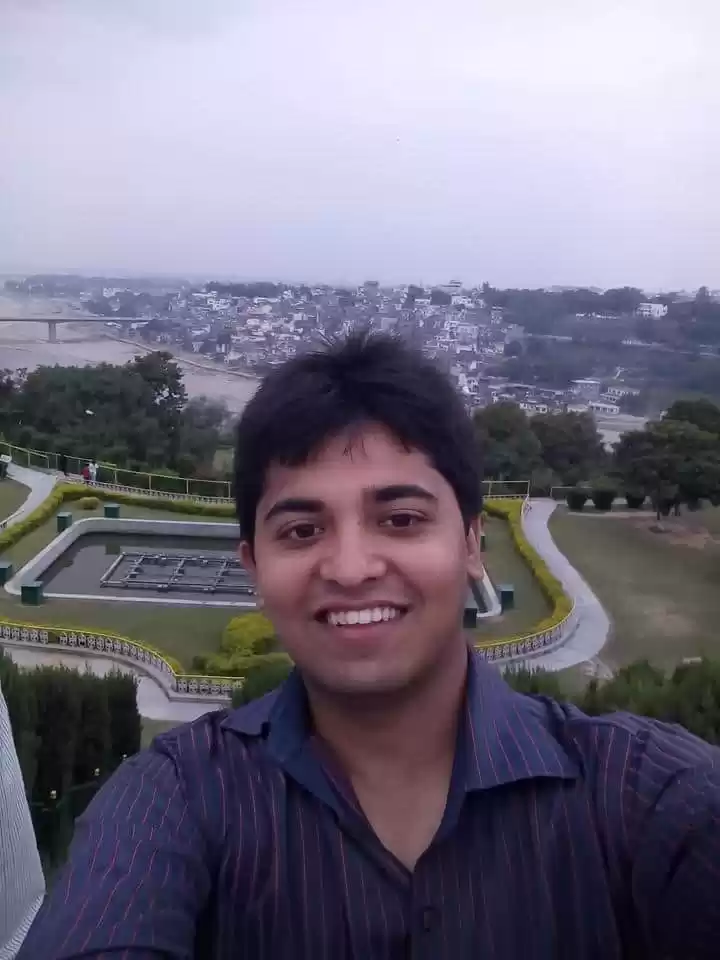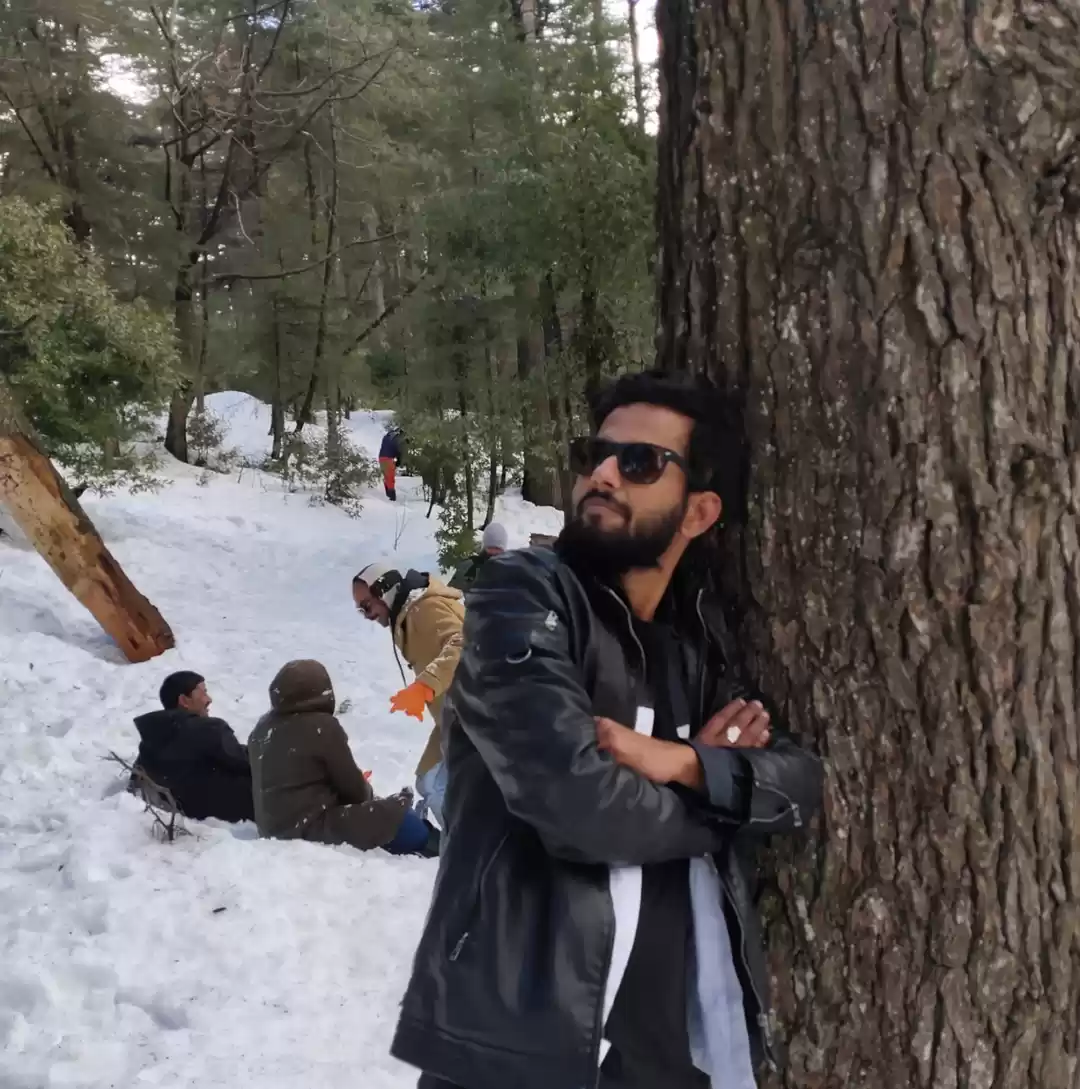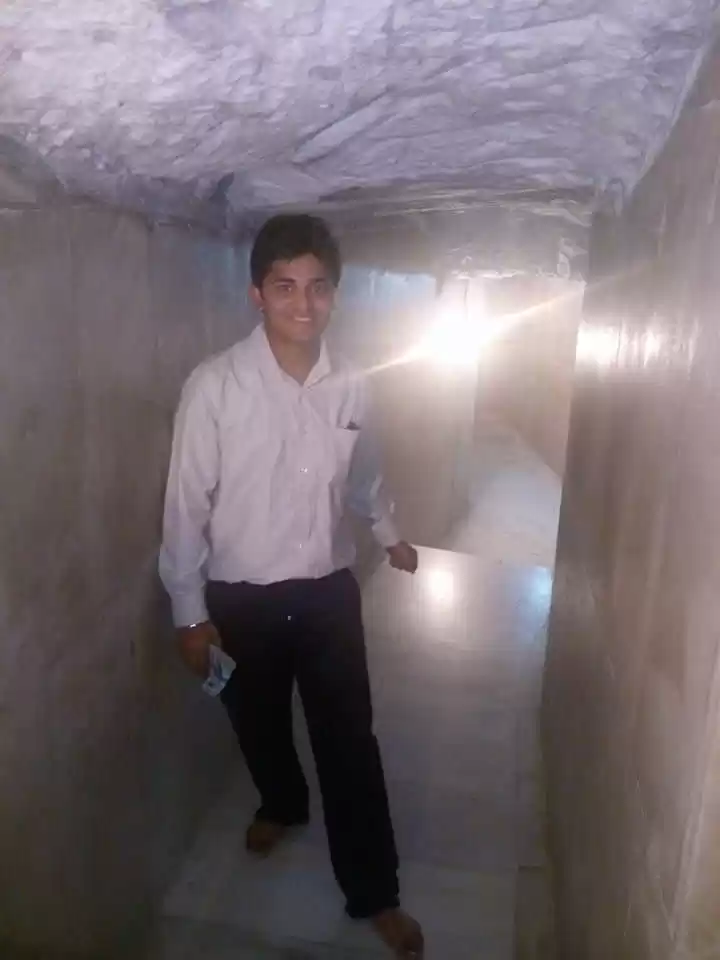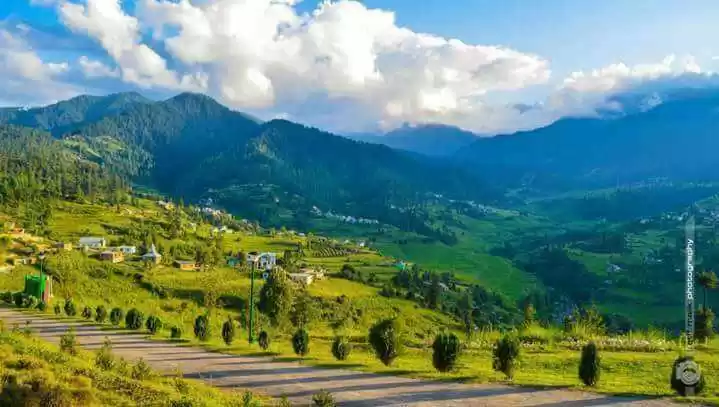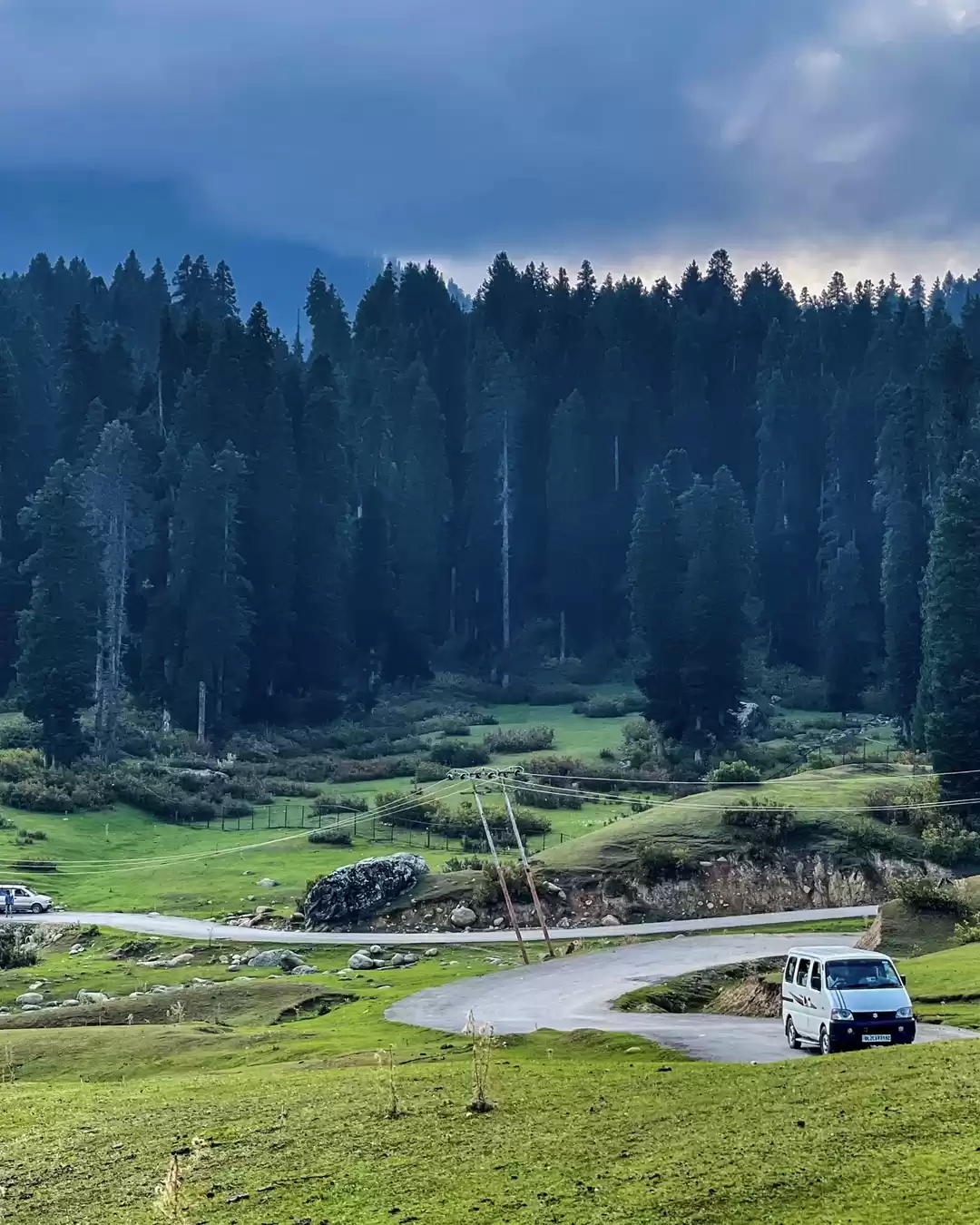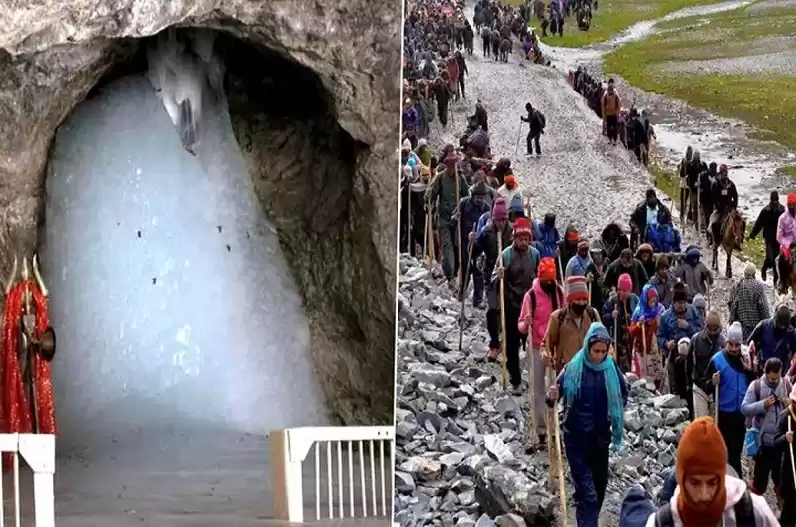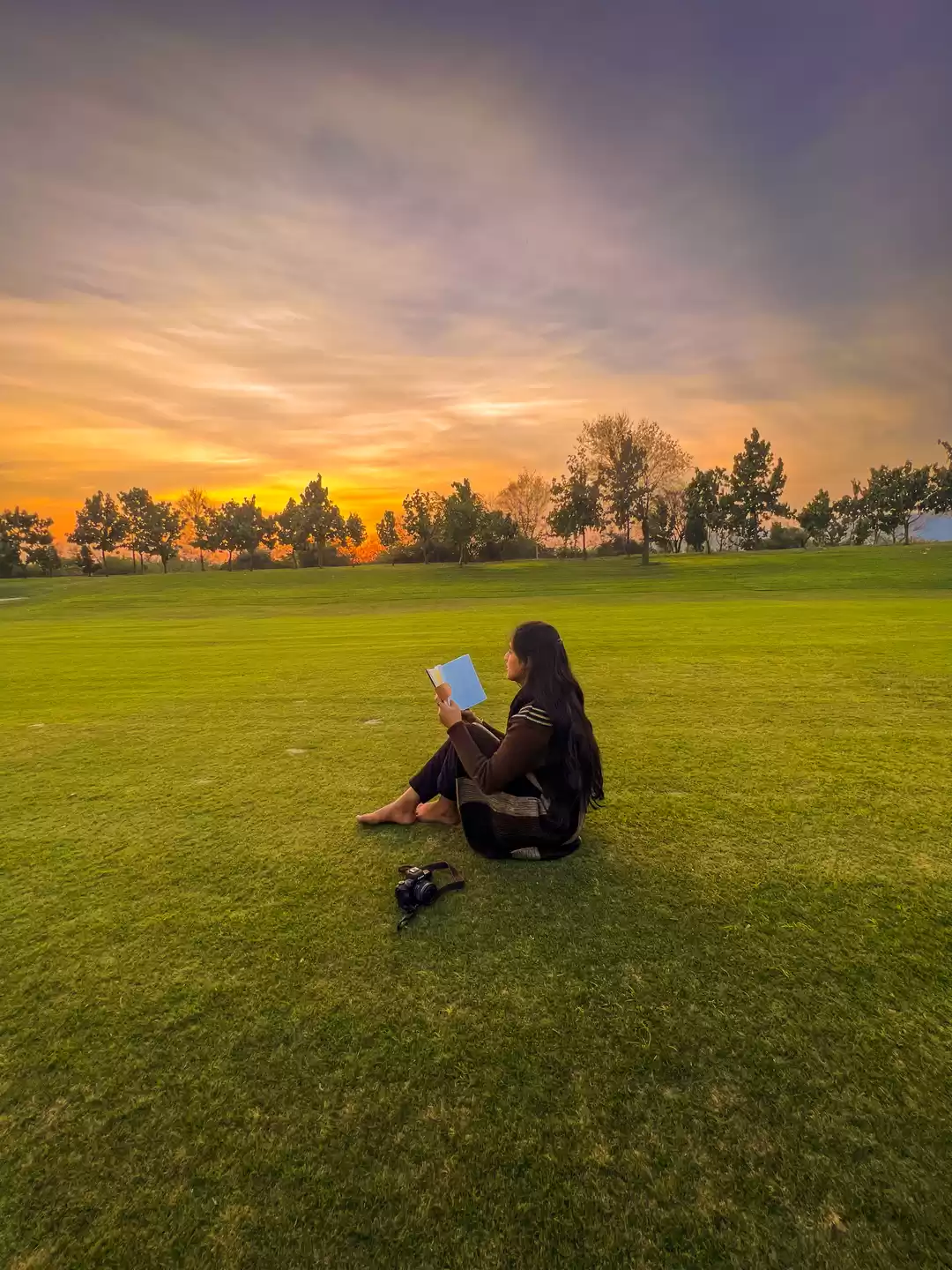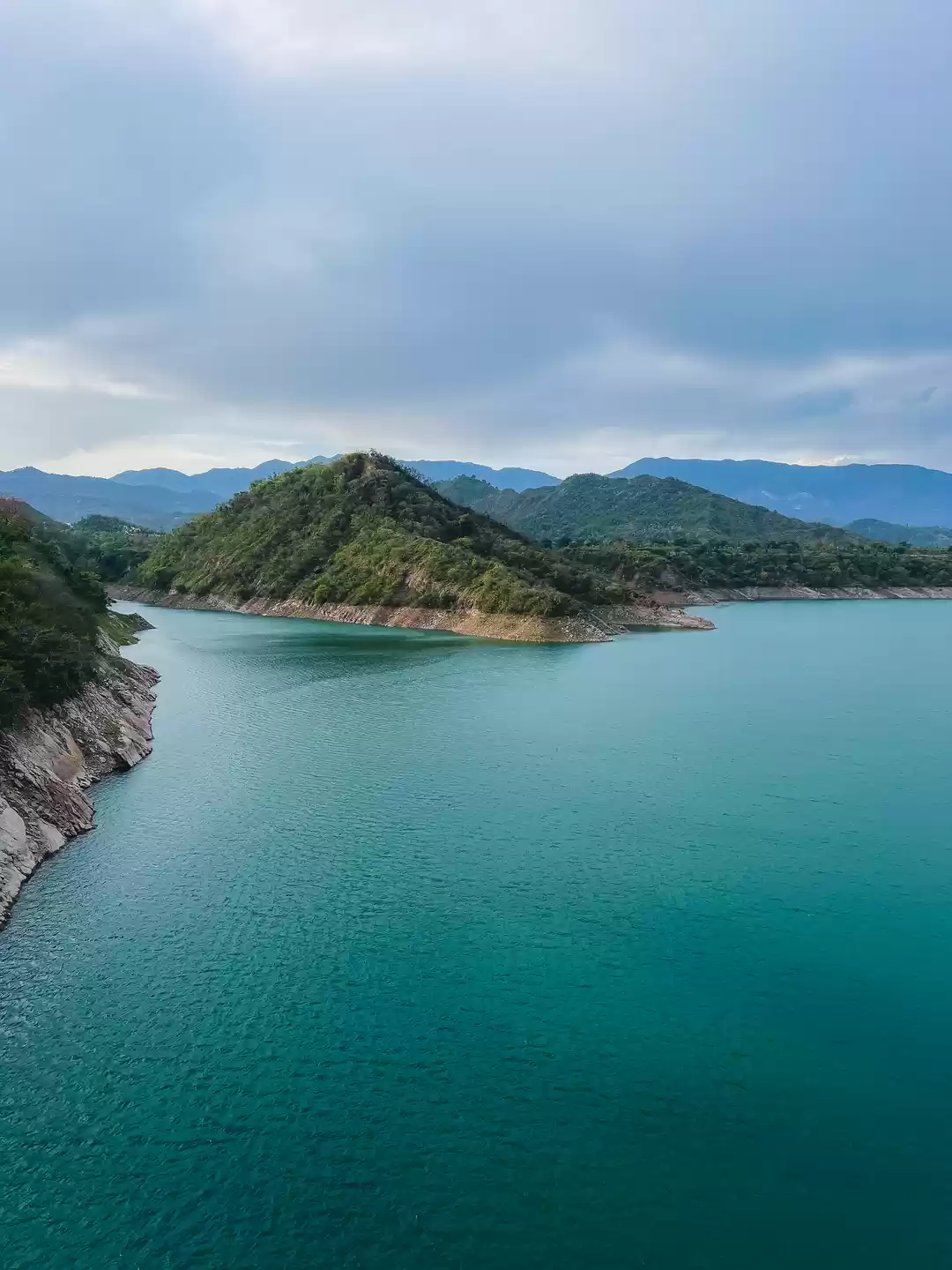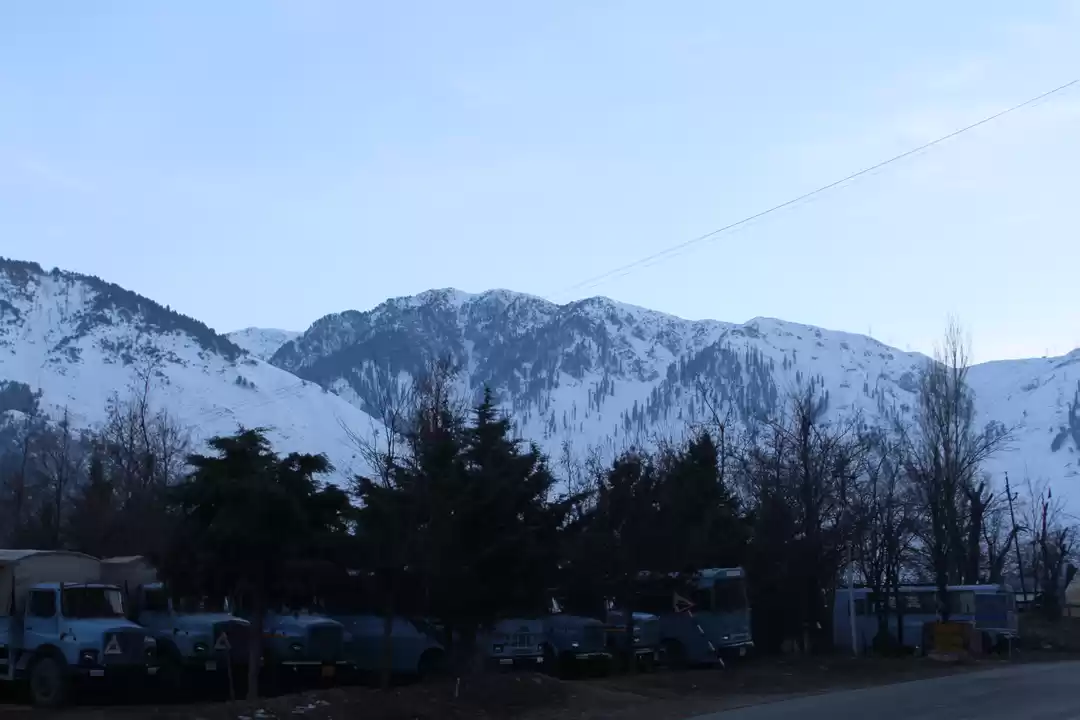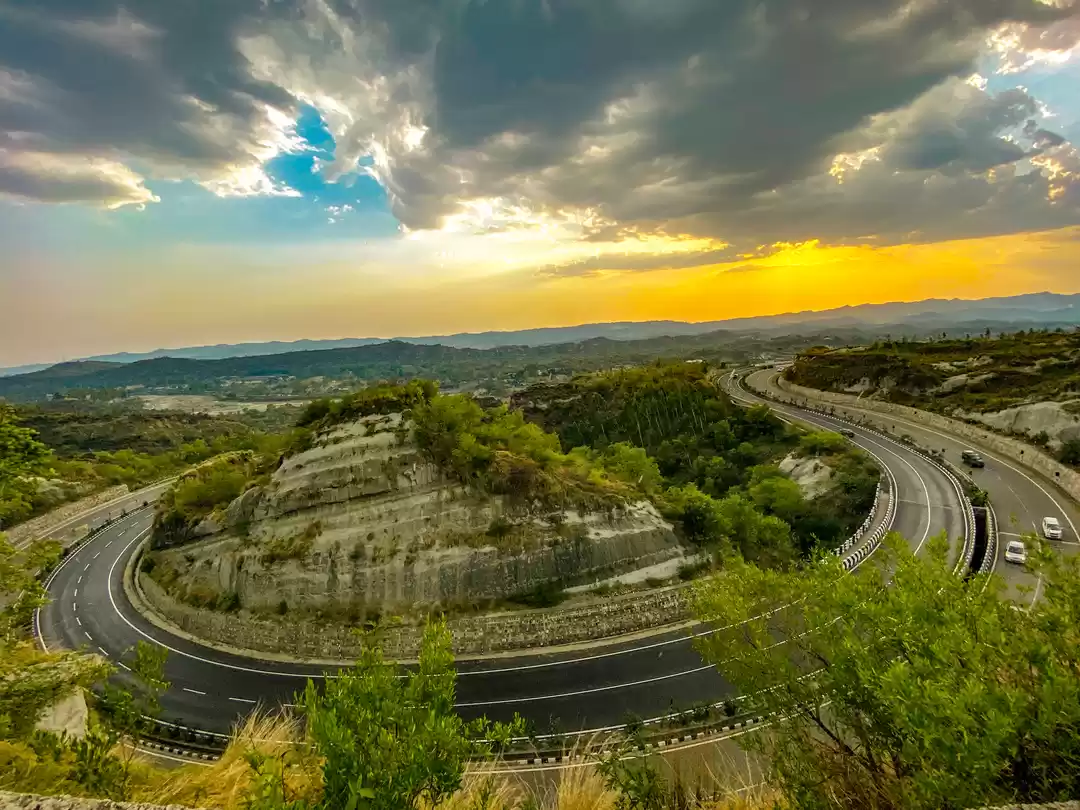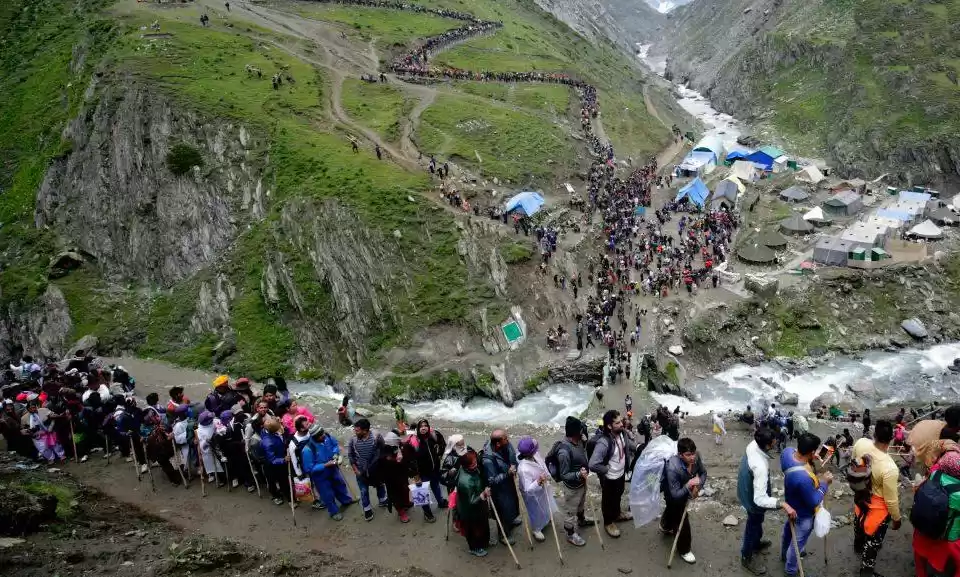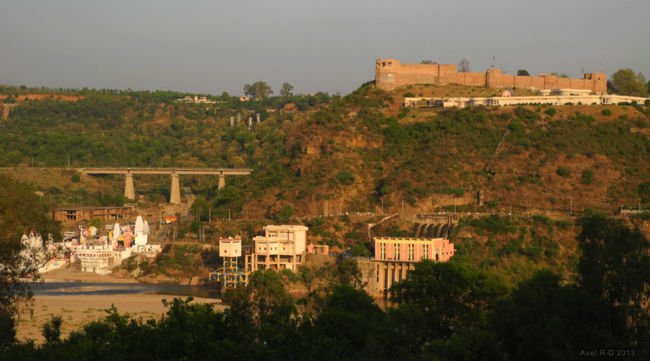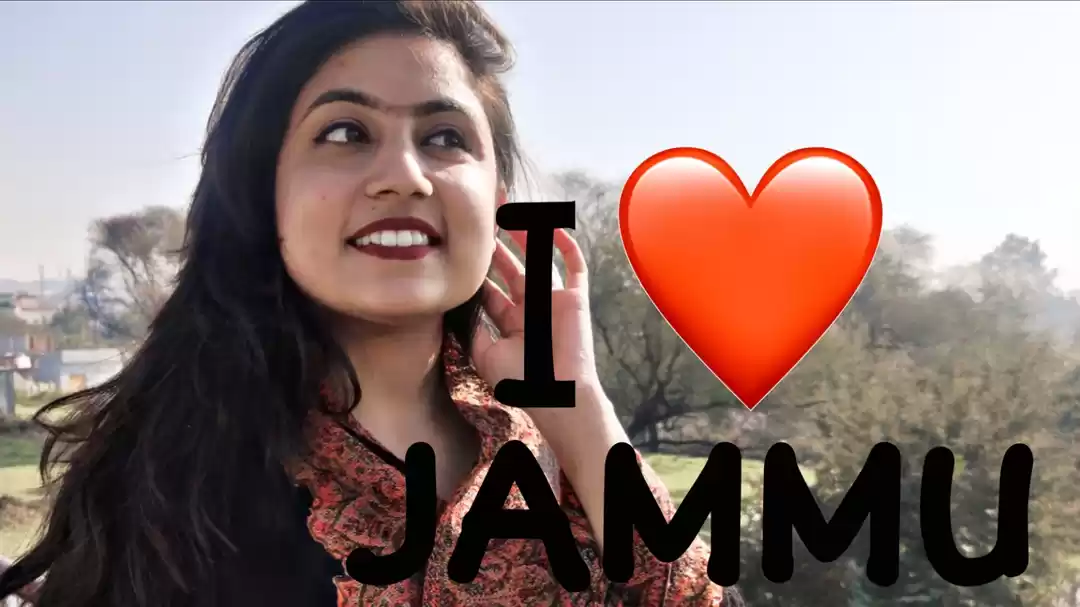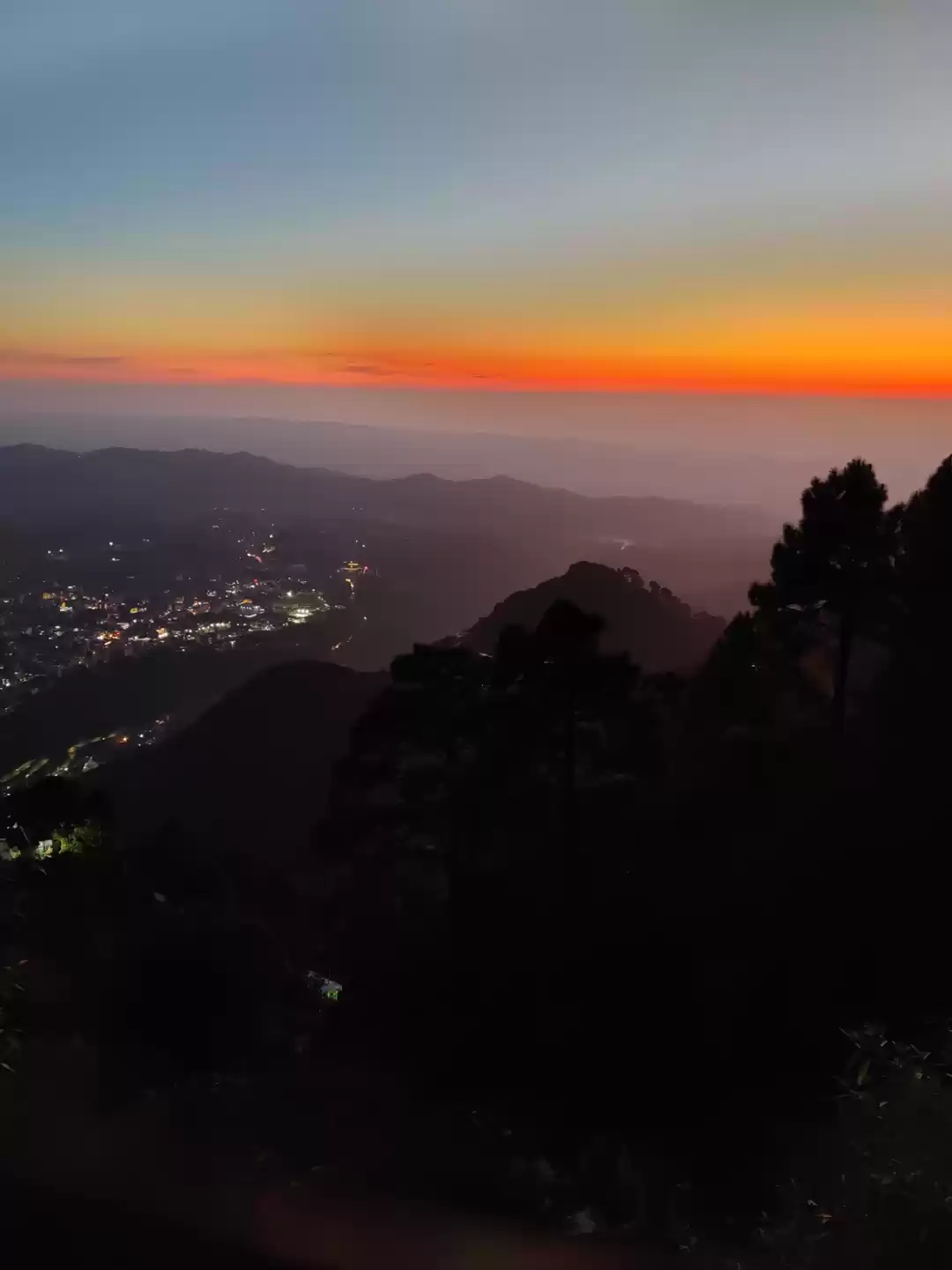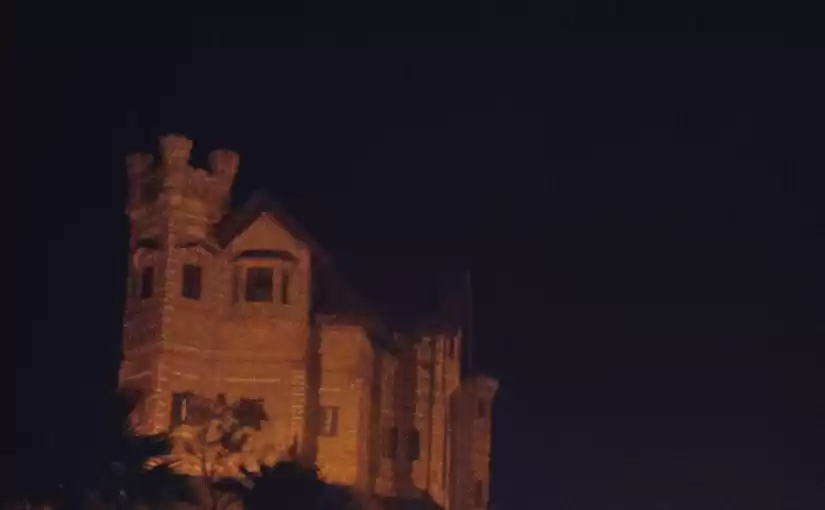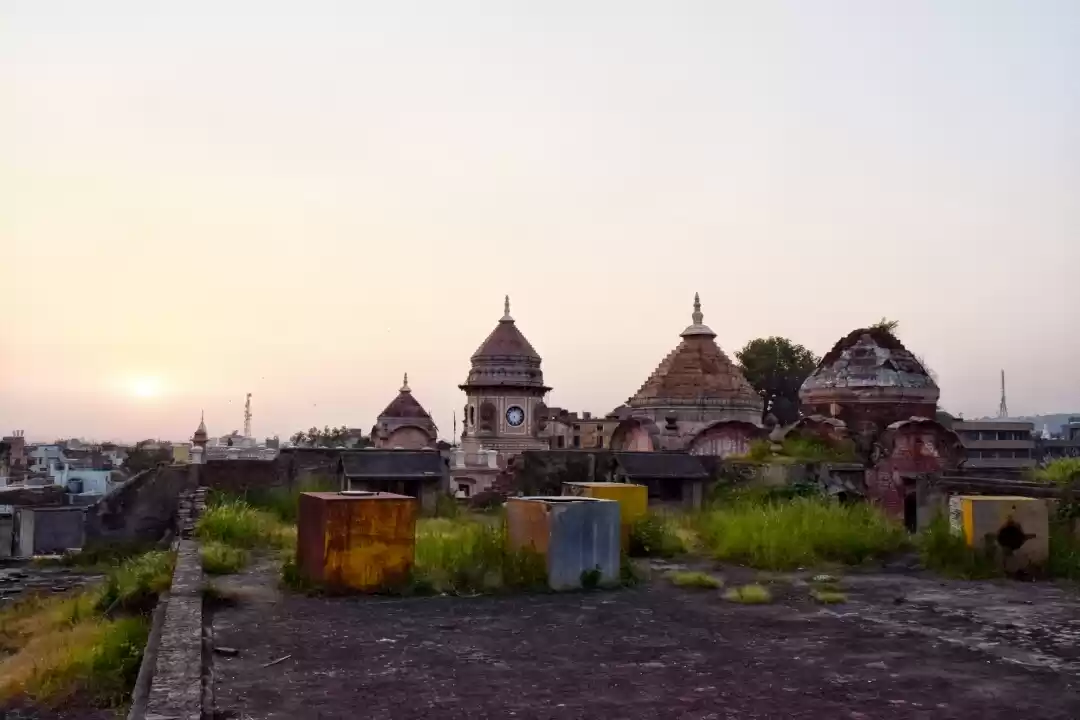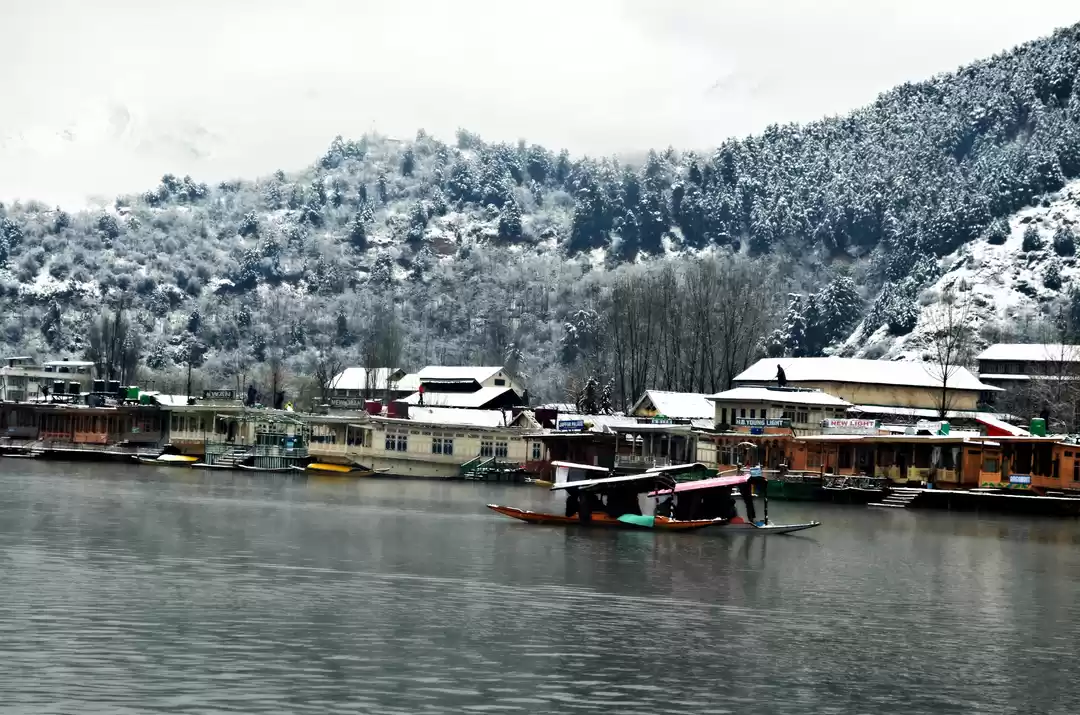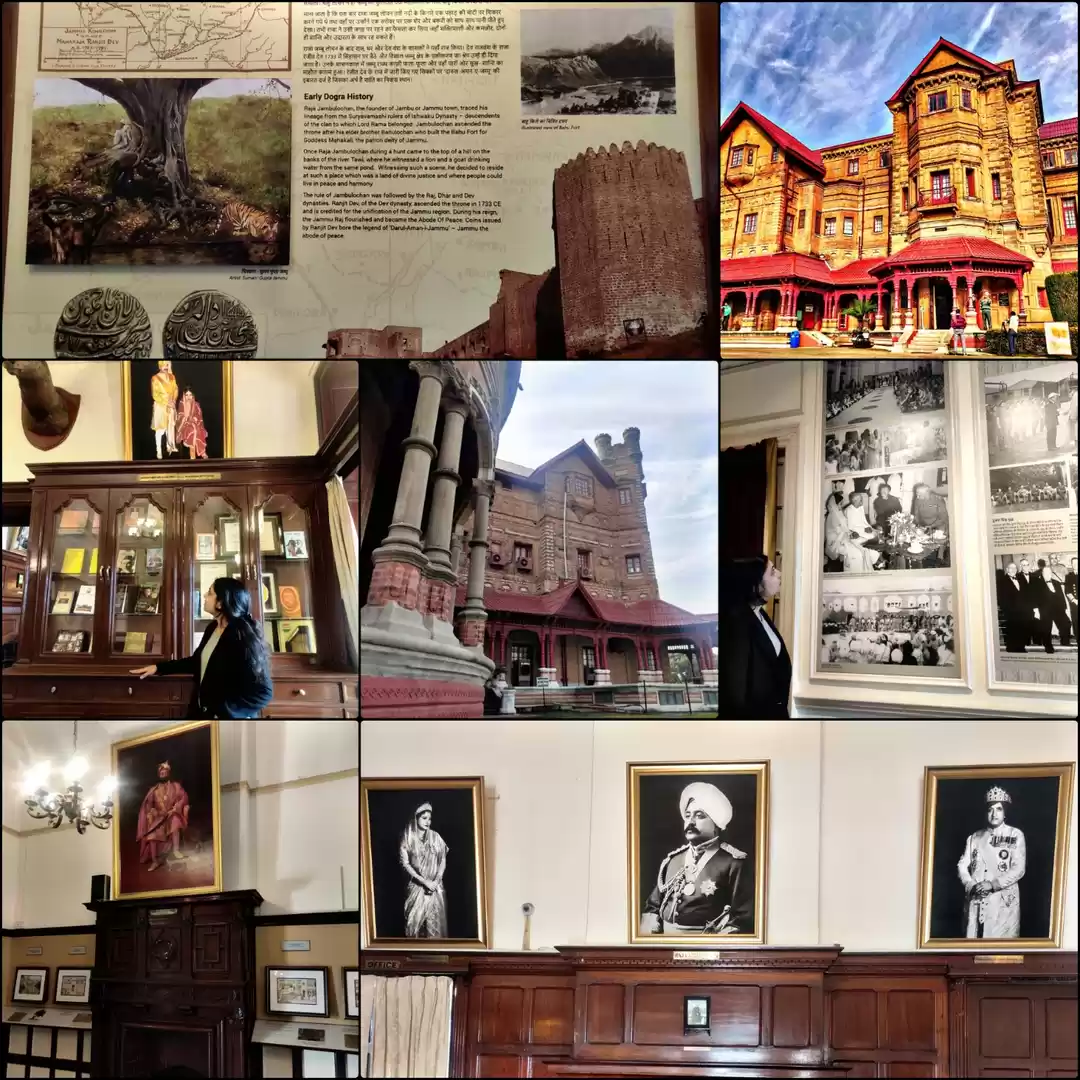
For my first post, I wasn't sure where to start from. So many places and so many stories to tell, but what should be the first tale to be told here? Well, Mr. Elliot came to the rescue. The line " Home is where one starts from" from the 2 nd poem (East Coker) of the T.S. Elliot's Four Quartet was the perfect solution to my dilemma.
I am originally from Jammu, a small city in the northern state of Jammu & Kashmir in India. I spent close to 18 years of my life in this city and it is truly still my home: the place that I started from. This is the place I grew up listening to stories, good and bad, real and fiction, mythical and historical from my grandmother. And then I left it one day to live those stories myself.
The tale of the establishment of this city, dating back to the 14 th century BC, is very popular amongst the locals. The story goes like this:
The present city of Jammu is believed to have been founded by two brothers, Jambu Lochan and Bahu Lochan from the Suryavanshi dynasty. The younger brother, King Jambu Lochan during one of his hunting campaigns reached a spot where he saw a goat and a lion drinking water side by side from the river Tawi. The King was deeply moved by such a spectacular sight of harmony between a predator and its prey. He canceled his hunting trip and immediately returned to his companions to share his experience. This incident was regarded a proof of peace and tranquillity that transpired among the inhabitants of the region, humans as well as animals. The King ordered a palace to be built near the river and slowly a city sprouted around the same. The city (to the right of the river) was named Jambu Nagar, after the name of the king, and later changed to Jammu, as we know it today.

Jambu Lochan's elder brother King Bahu Lochan was the heir to his father Agnigarbha and had acquired the region around Jammu as a part of the kingdom. He chose the region (to the left of the river) as his capital and built a fort on a nearby hill overlooking the river. The Bahu fort is a popular tourist destination in the city. The fort was improved and rebuilt by the later Dogra rulers and as of today, serves as a religious temple dedicated to Hindu Goddess Kali.
Standing on the main bridge over the river connecting the two cities of the Lochan brothers, I cannot make out much difference in the two. I can clearly see the Bahu fort right in front of me (and so do all the passer-by who acknowledge it by bowing their heads even if just for a second) and also realize the breadth of the river adjusted by nature to accommodate human settlement. This is the perfect spot for a panoramic view of the city separated by a river yet united by the same.
Establishing a city near a water source, a river; doesn't sound very surprising, right? But like the story of every village or city sprouting near a river, this city also had reasons apart from the obvious. River Tawi has its own tale to be told, not unheard but not very popular either.

River Tawi also known as "Surya Putri" (daughter of the sun god) skirts the hillock on which Jammu city is situated. It is also referred to as "Toushi" in the ancient Hindu scriptures (puranas). According to local folklore and Hindu mythology, Pehad Nag (or Pehar devta), the son of the king of serpents, Vasuki Nag, is accredited to have brought the river to Jammu from its origin, the Kali Kundi glacier. Pehad Nag did so to cure his father's illness, with the blessings of Goddess Kali and Kaliveer (family deity among the Dogra clan of Jammu). Hence, impressed with his son's devotion and reverence towards him, Vasuki handed over the Jammu kingdom to Pehad Nag. Some families in Jammu consider Pehad Nag as their family deity (kuldevta) along with Kaliveer.
In India, mythology is deeply instilled in the way the, geography is classified and origin or extinction of a naturally flowing watercourse is explained. A river flown down by a serpent son to heal his father becomes the source of an amazing spectacle of harmony between the animals it nourishes. This leads to an establishment of a human settlement envisioned by its ruler to be a prosperous yet peaceful kingdom.

Well, in my opinion, Jambu Lochan was truly a visionary. The city of Jammu is worth visiting not only for the places but the people as well. Visit the city for the temples, visit it for the food or in the end just visit it for the general peacefulness that Jambu Lochan was seeking.
Trip first published on Wildflowers Journal

